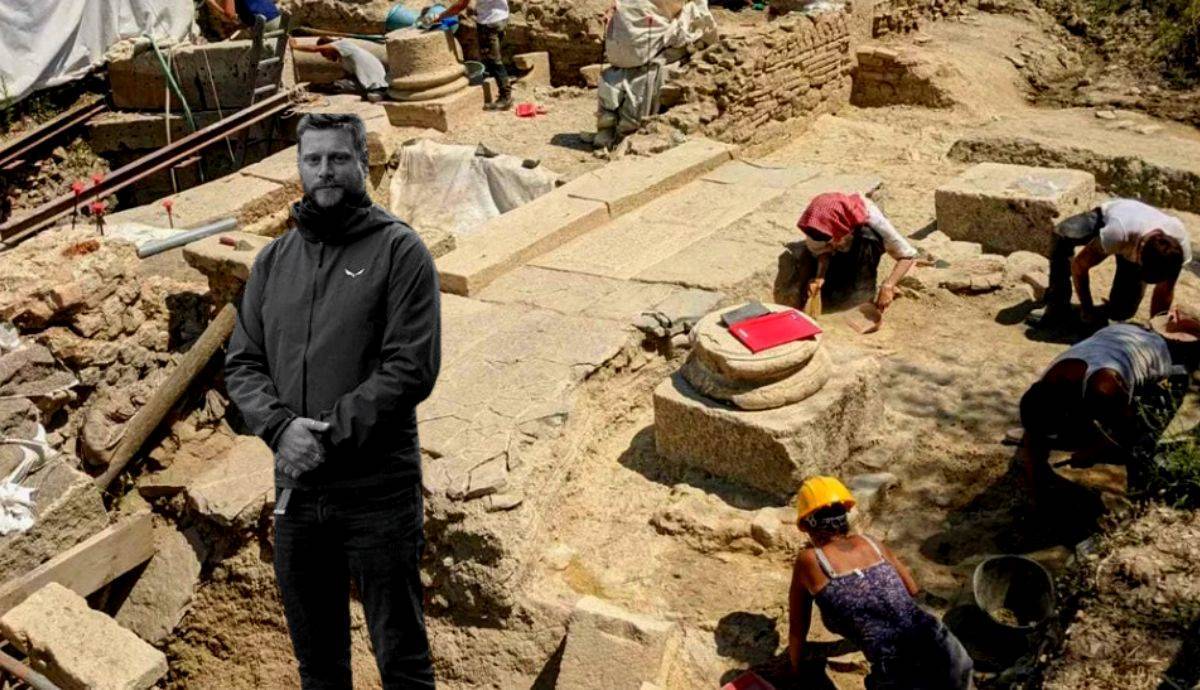
Siberian Gravediggers found the 2,000 year old burial chamber. The chamber contains 50 bodies. Also, it includes numerous bronze tools and artifacts. While bulldozing land for a new burial ground, workers startled to discover an old one, belonging to a newly identified culture.
Siberian Gravediggers Found an Old Chamber, Referring to a New Culture

The last thing gravediggers expect to find while digging a new grave is an old grave. That odd and ironic event occurred recently in Siberia. The gravediggers never got to finish the new grave, because the old one was so unique. Archaeologists brought in to analyze it, discovering not one, but over 50 graves in a 2,000-year-old burial mound.
The burial chamber houses bronze artifacts and human remains. Overall, researchers think this might indicate a less well-known culture. The interesting thing is that it could represent a previously unknown “Scythian-type culture“. This culture points to the equestrian warriors who ruled the area by force. Also, by horse for a thousand years.

Dmitry Vinogradov, a researcher at the Laboratory of Archeology of the Yenisey Siberia, talked about the discovery in a Siberian Federal University press release. He explained what cemetery workers found while bulldozing a hill to make room for a new burial ground in Krasnoyarsk.
The hill was actually a previously unknown burial mound located on the grounds of a cemetery called Shinnoye. Overall, there was no disturbance until 2018. At that time, the cemetery needed to expand to provide cemetery plots for some of Krasnoyarsk’s 1.1 million people. The archeologists didn’t start digging until late 2021, under the direction of Vinogradov.
The First Excavated Tomb in 65 Years

Over the last hundred years, around 150 ancient burial mounds have been identified around Krasnoyarsk. But, this is the first excavated in 65 years. The bulldozing damaged a lot of artifacts within the mound. Dr. Vinogradov explained that when the bulldozer peeled back the top of the mound, it damaged the upper part of the tomb.
But, at the same time it revealed a large rectangular pit. The lost tomb was in line with timber walls and birch bark carpet. The suspicion is that the top of the tomb was also wooden, and that the whole formed a “box tomb”. Built for around fifty people, the team of archaeologists unearthed a host of day-to-day tools from within the tomb.

Also, there were sacred artifacts and weapons that the deceased utilized on their journeys into the afterlife. They found knives, mirrors, needles, and ceramic eating and drinking vessels. Surrounding the central tomb, the researchers excavated ten unburnt burial pits containing the remains of the skeletons. The team concluded that this Kurgan burial mound was used by the transitional Tesinian culture of the second or first century BC.










